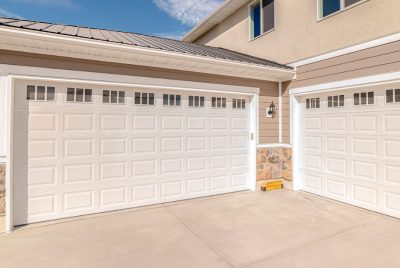Affordable Garage Soundproofing: The 5 Ways to Silence Sound
Garages are notorious for their poor acoustics, with hard surfaces that reflect sound waves and create echo. Without proper soundproofing techniques, every noise produced in the garage can reverberate throughout the house, disturbing other occupants or neighbors nearby.
Are you a music enthusiast who wants to jam out without disturbing your neighbors? Or perhaps, you’re a DIYer who needs a quiet space to work on projects.
Fortunately, there are affordable ways to reduce noise levels in your garage without breaking the bank. Soundproofing is not just for recording studios or expensive Man Caves; anyone can do it with a little effort and creativity.
The Five Key Ways to Stop Unwanted Sound

Sound travels in waves and can easily move through solid objects like walls, floors, and ceilings if they are not properly treated. However, there are four key ways to stop unwanted sound:
1) Sound Absorption
2) Adding Mass
3) Dampen Sounds
4) Decoupling Surfaces
5) Sealing Cracks
Each method has their own unique advantages and disadvantages depending on what type of noise you want to block out and where it’s coming from. We’ll go through some examples of how you can implement them in your garage without spending too much money.
Sound Absorption

Soft materials absorb sound waves, limiting the amount of sound that can bounce off hard surfaces in a room. The more soft materials you have in a space, the less “echo-y” it will feel.
Specifically Designed Soft Materials
Incorporating specifically designed soft materials is crucial for effective sound absorption. Look for products that are specifically advertised as being good at sound absorption – they will have a higher chance of actually decreasing the echo/reverb in your space.
Curtains
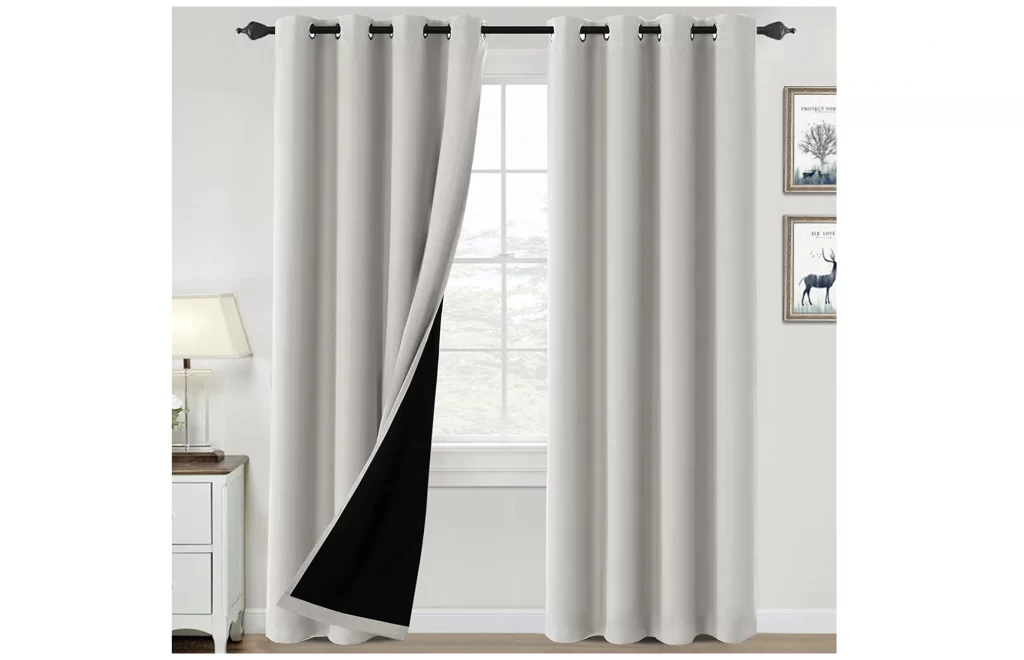
Heavy curtains made with thick fabrics like velvet can help block out noise from outside. They also help absorb sound waves within the room itself by creating additional barriers for them to bounce off of.
Rugs or Carpet
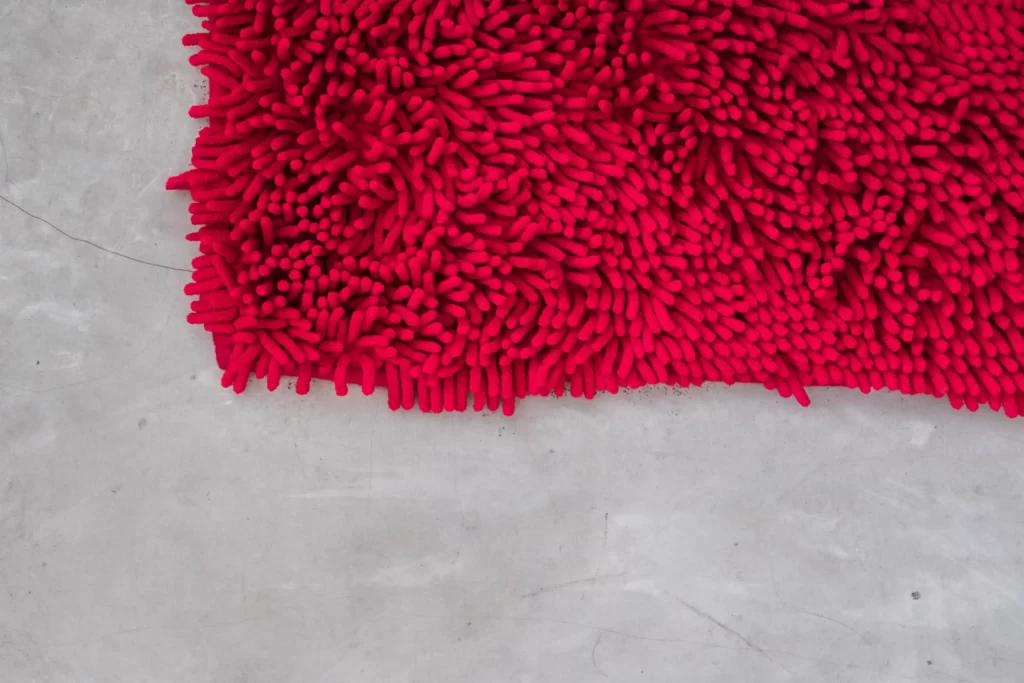
Rugs and carpet can serve multiple purposes in a garage – they can make the space look nicer while also absorbing sound waves. To use them for insulation purposes, Place them on the floor and/or simply hang them on the walls or ceiling using nails or hooks.
In addition to being an affordable solution, using old rugs or carpet is also an environmentally friendly option because you’re repurposing something that might otherwise be thrown away. Just be sure to vacuum them regularly so they don’t accumulate dust and dirt over time. You could find some secondhand ones from your local Facebook Marketplace or Thrift stores.
Rugs with thick padding underneath them can make a big difference in how much echo you’ll hear in a room
Moving Blankets on Walls for Extra Sound Absorption
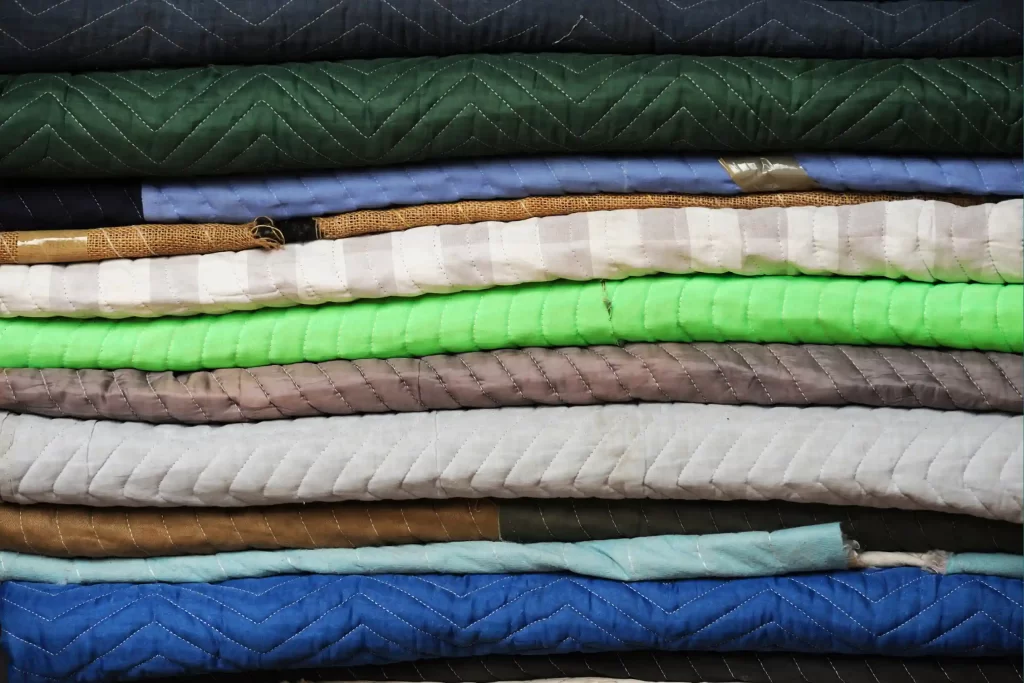
Moving blankets are thick blankets used by professional movers to wrap furniture during transportation. They’re also great for creating temporary sound barriers!
Simply hang them on the walls using hooks or clips. Moving blankets are thicker and denser than regular blankets, making them better at absorbing sound waves.
They’re also reusable, so you can take them down when you no longer need them and reuse them for other purposes. However, keep in mind that they can be heavy and difficult to hang on your own, so it’s best to have a friend or family member help you out.
Furniture Upholstery/Padding
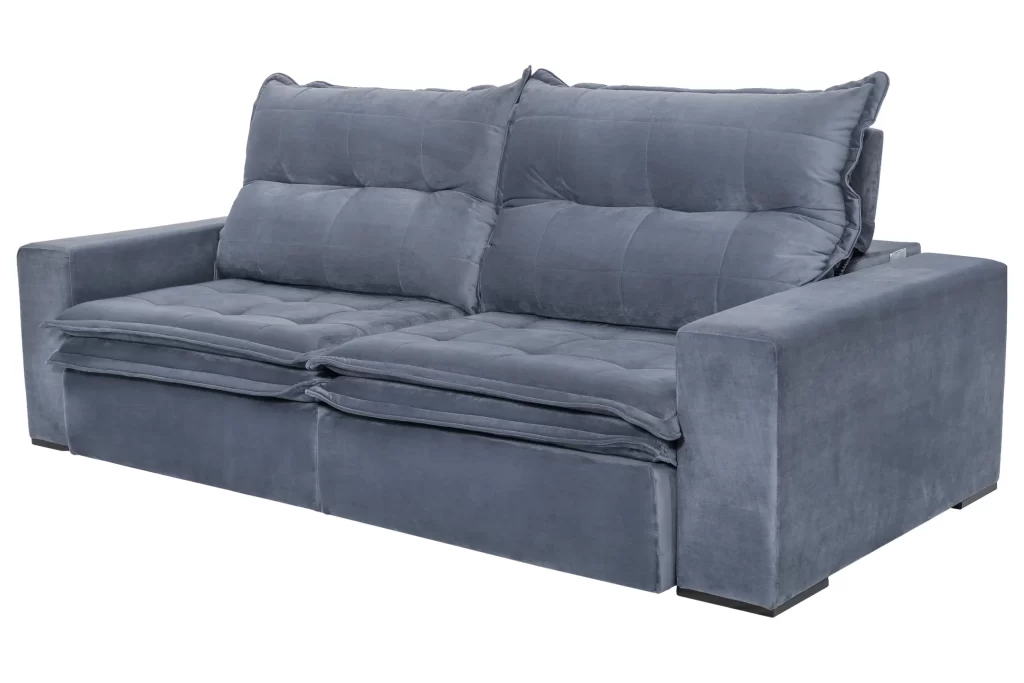
Furniture can be both functional and acoustically helpful in soundproofing your garage! Adding upholstered furniture like sofas or chairs covered with dense padding helps trap sounds that would otherwise reflect around an empty room.
Acoustic Panels or Foam
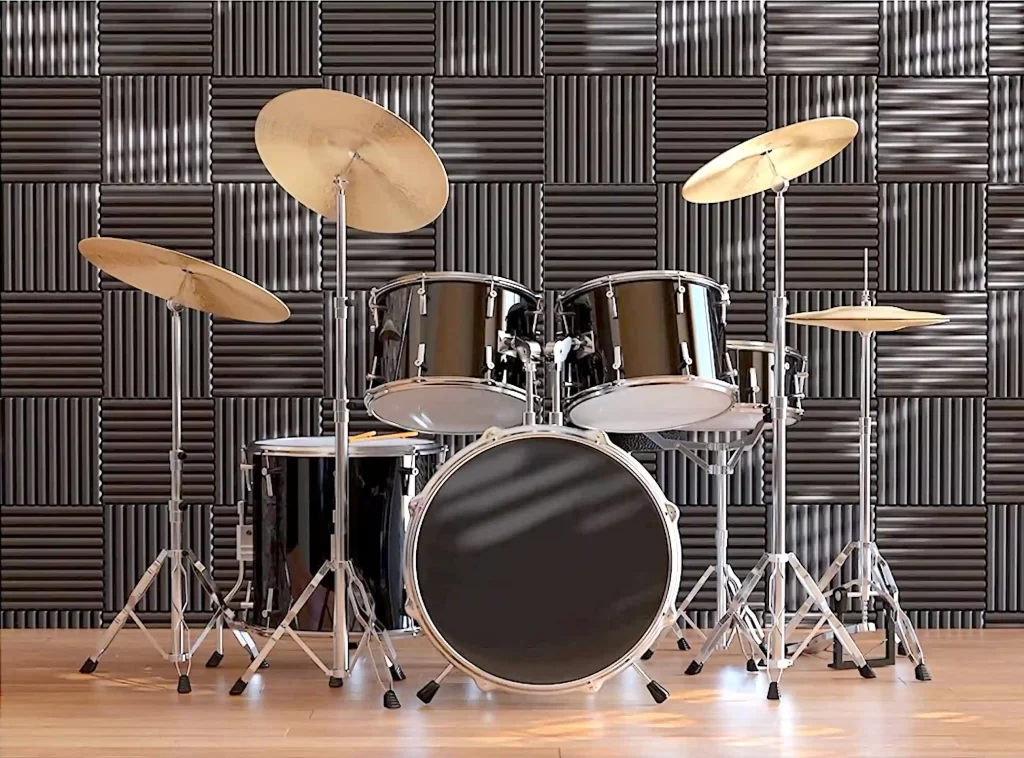
Acoustic panels are made of sound-absorbing materials such as fiberglass, mineral wool or recycled cotton.
This type of foam is usually made of polyurethane or melamine foam, which has an open-cell structure that traps sound waves inside its pores. You can find acoustic foam in different colors and shapes, ranging from classic wedge-shaped tiles to stylish hexagonal panels.
Installing Acoustic Panels and Foam on Walls, Ceilings and Floors
Installation is relatively easy if you follow some simple steps:
– Measure the size of the surface where you want to install the panels/foam.
– Calculate how many panels/foam sheets/tiles you need based on their dimensions.
– Mark the spots where you will attach them using adhesive glue (for foam) or screws (for panels)
– make sure they are evenly spaced out.
– Apply the adhesive glue/screws at each marked spot and press firmly against the surface.
Affordable Brands and Materials for Your DIY Project
There are many affordable brands of acoustic panels/foam that offer good quality at a reasonable price. Here are some options:
– Auralex: offers a wide range of acoustic panels and foam, including DIY kits. – Owens Corning: sells fiberglass panels for walls and ceilings in various sizes.
– ATS Acoustics: specializes in customizable acoustic panels and bass traps. – Pro Studio Acoustics: has a selection of foam tiles and corner bass traps.
These brands offer products that are easy to install and will help you achieve excellent soundproofing results.
Adding Mass
Soundproofing your garage with added mass works based on the mass law concept that states that the more massive an object, the harder it is for sound to travel through it. That’s simple and obvious.
Therefore, if you want to reduce noise transmission, you need to add mass to your walls, floors, and doors. For example, the typical drywall has a density of around one pound per square foot (psf), while adding Mass Loaded Vinyl with a density of two psf will help block noise much better.
(MLV)
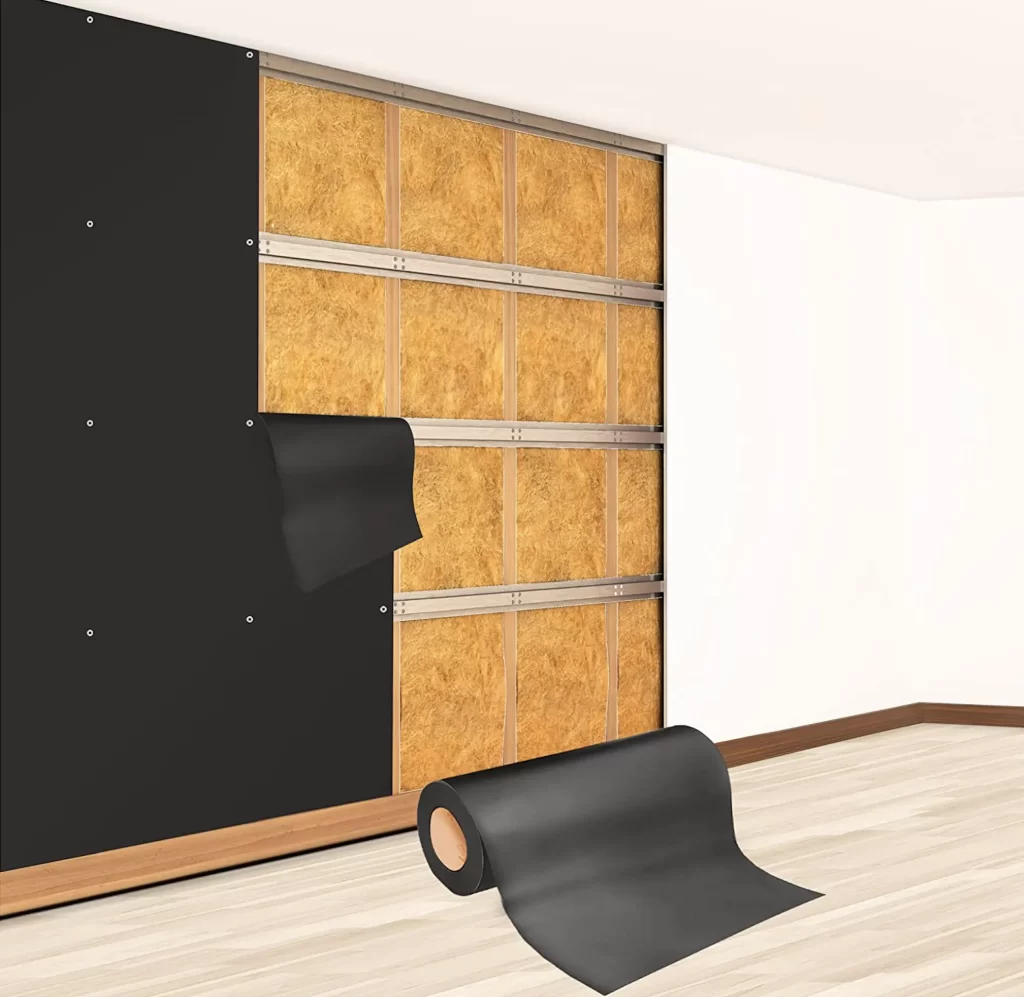
(MLV)Mass Loaded Vinyl is another effective soundproofing material that you can use for your garage. It’s a heavy and flexible vinyl sheet that has been infused with metal particles or sand to increase its density and improve its sound absorption properties. MLV works as a barrier against airborne sounds that enter or exit a room through walls, floors, and ceilings.
How to Add Mass Using Different Materials and Techniques
The most efficient way to increase mass in your garage is by installing double-layered drywall sheets with green glue between them or using MLV as a barrier material. You can also use cement boards or plasterboards as they are denser than standard gypsum or paper-faced drywall.
When installing drywalls or MLV on walls or ceilings, ensure there are no gaps or air pockets between them as these will allow sound waves to pass through them easily. Seal all electrical outlets and light switches with acoustic sealant before covering them up with drywall.
For doors, heavy solid wood doors work best but can be costly when compared to other options such as metal doors filled with foam insulation or fiberglass composite doors. Ensure that door frames are well sealed using rubber weatherstripping materials.
Dampen Sound
The Power of Damping Compounds
Damping compounds like Green Glue Noiseproofing Compound and QuietRock Drywall are powerful tools for reducing unwanted noise in your garage. They work by converting sound energy into heat, which reduces the amount of sound that passes through walls and ceilings.
These damping materials are typically applied between two layers of drywall or other building materials to create a sandwich-like structure. The compound helps to dampen vibrations and reduce the amount of sound that is transmitted through the walls.
Another option is rubber mats, which are commonly used in gyms or weight rooms to absorb impact and prevent damage to floors.
How Damping Compounds Work
Damping compounds work by creating a layer of viscoelastic material between two surfaces. This material is designed to deform under stress, which helps to absorb the energy from sound waves.
Application Tips
When applying damping materials with Green Glue or using rubber mats, it’s important to target the areas where sound is most likely to escape. In a home theater, for example, focus on applying damping materials around speakers and other equipment that produces low-frequency sounds.
Decouple Sound
Another way to help soundproofing a garage is by decoupling. This technique involves creating a barrier between two surfaces to prevent vibrations from traveling through structures. It’s definitely not the cheapest route but is effective.
When sound waves hit a surface, it causes it to vibrate, and if that surface is connected to another structure, the vibration travels through it and creates noise. Decoupling eliminates this problem by disconnecting two surfaces or structures.
Floating Floors
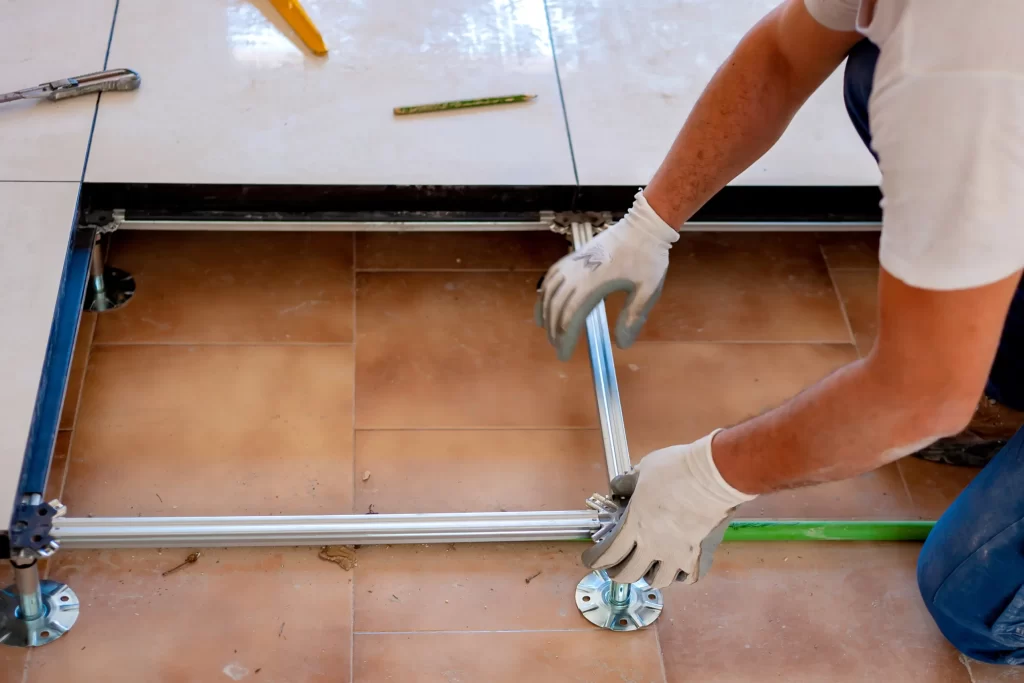
A floating floor is an excellent way to create a decoupled structure within your garage. It involves installing a separate floor on top of the existing one with an air gap in between them.
The air gap acts as a barrier and prevents vibrations from traveling through floors. You can use materials like rubber mats, carpet padding, or Acoustic Underlayment to create the air gap.
Resilient Channels

Resilient channels are metal strips installed on walls or ceilings that help isolate drywall from wood framing or concrete structures. The channels act as shock absorbers and reduce vibrations significantly. To install resilient channels, attach them perpendicular to your wall studs or ceiling joists with screws before hanging your drywall.
Isolation Clips or Mounts
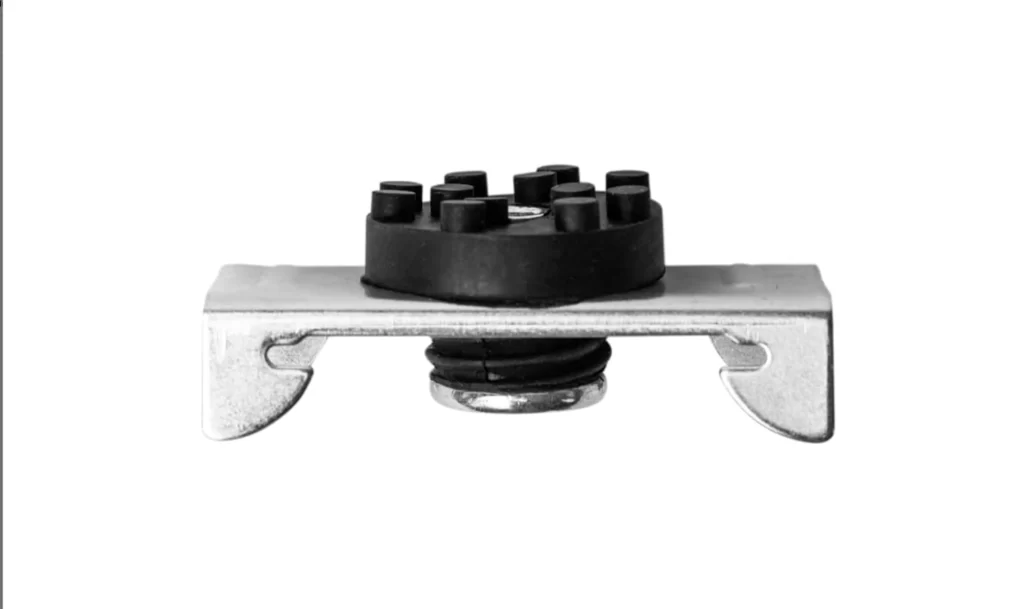
These work similarly to resilient channels but instead of being screwed directly onto your framing, they attach to mounting brackets that are screwed onto your studs. The clips then snap onto these brackets and suspend your drywall away from your framing.
Staggered Stud Walls
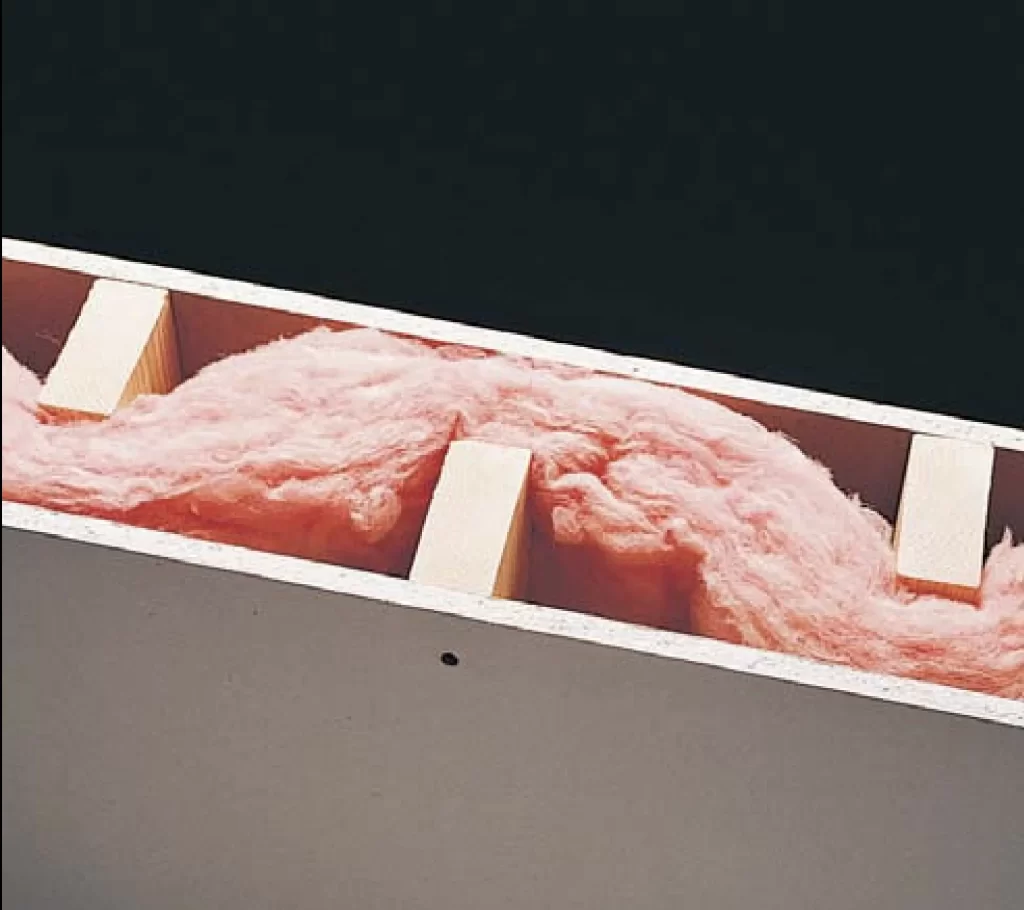
This method involves building a new wall structure inside your garage using staggered studs. Instead of attaching studs directly to the existing wall framing, you build new ones offset from the original framing at regular intervals creating more insulation/decoupling points throughout the wall structure.
Sealing Gaps and Cracks
Weatherstripping
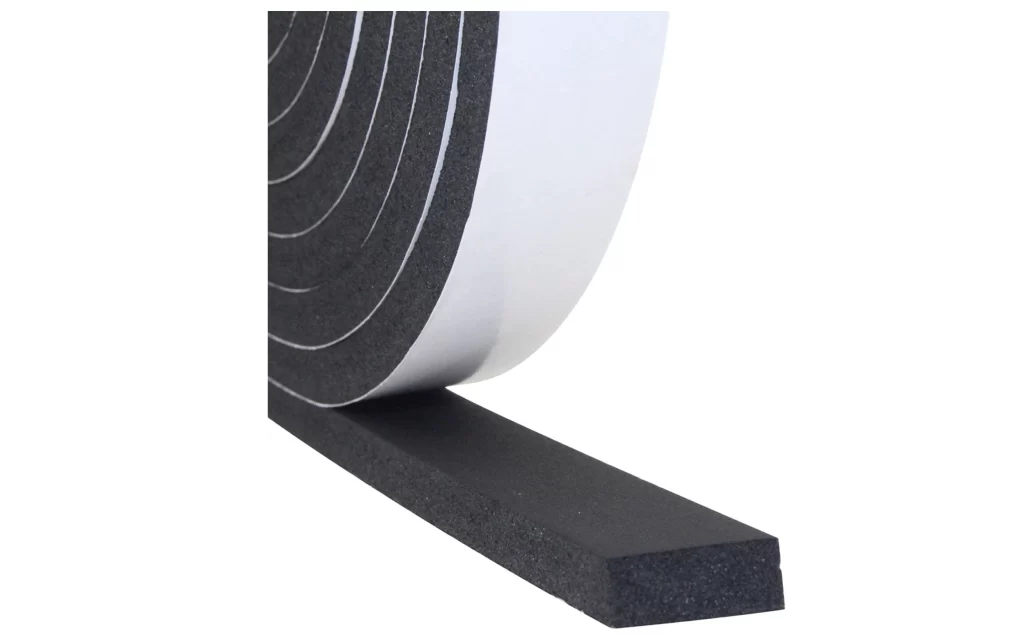
When it comes to soundproofing your garage, your first line of defense should be sealing any gaps or cracks in your garage door. These are often the main culprits for letting unwanted noise in or out of your space. Weatherstripping works by creating a tight seal around the garage door or window, which reduces the amount of noise that enters or leaves the garage.
There’s different types of weatherstripping materials available, including adhesive foam tape, rubber gaskets or seals, brush seals, and more.
Caulking or Spray Foam
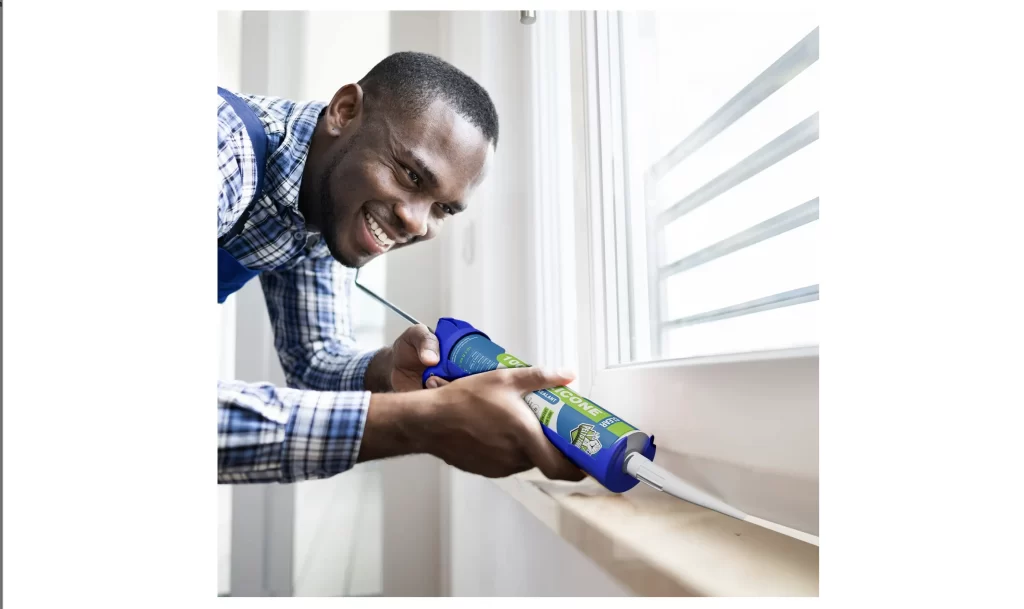
Caulk is best used for smaller gaps that are less than a quarter-inch wide. Apply a continuous bead of caulk along the gap, then use a damp finger or tool to smooth it out.
For larger gaps, use spray foam insulation instead. Spray foam expands as it dries to fill every nook and cranny.
Conclusion
By combining damping with other soundproofing techniques like absorption and decoupling, you can create highly effective barriers against unwanted noise.
Don’t let the misconception that soundproofing your garage is too expensive to stop you from starting this worthwhile project.
With the techniques outlined in this article, anyone can achieve a quieter garage without it costing you one or two of your limbs.
FAQs
Q: What is the most effective material for garage soundproofing?
A: There is no one-size-fits-all answer as it depends on the type of noise and the specific situation. However, materials like acoustic panels, drywall, and soundproofing foam are often used.
Q: Can I completely soundproof my garage?
A: While it’s challenging to achieve 100% soundproofing, it’s definitely possible to significantly reduce noise with the methods mentioned in this article.
Q: Is soundproofing expensive?
A: The cost can vary greatly depending on the methods used. However, this article provides several affordable ways to soundproof your garage.
Q: Can I soundproof my garage myself?
A: Absolutely! Many of the methods mentioned in this article are DIY-friendly.
Q: Does soundproofing affect ventilation?
A: If done correctly, soundproofing should not affect your garage’s ventilation. However, you should be careful not to block any necessary vents or airways during the process.




